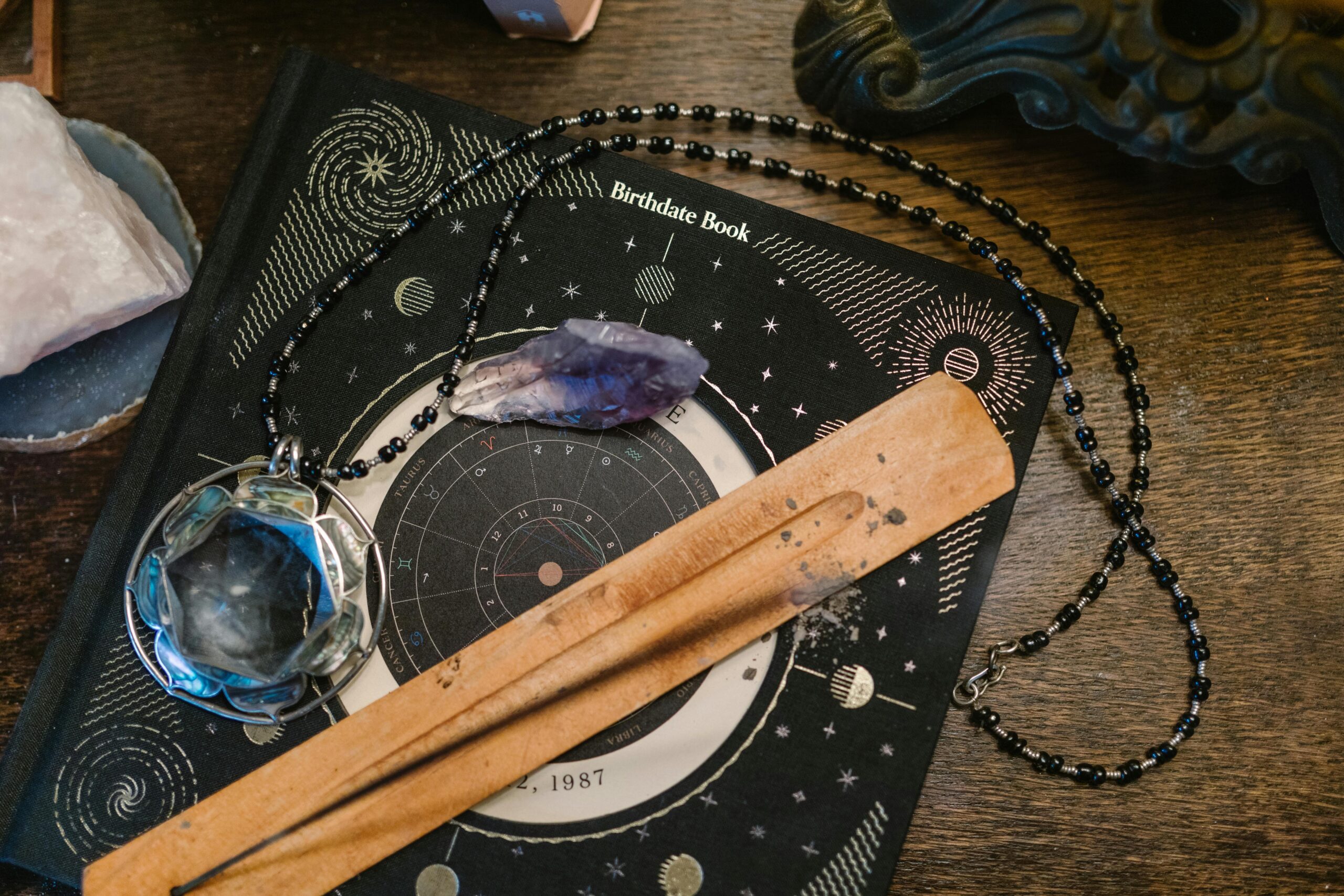
What You Need to Know About Wine Pairing
When it’s time for a drink, there are lots of factors that can help you choose the ideal one.
You may want to select the right tea for every mood or pair your wine with a specific dish.

Perhaps you’re providing alcohol for a dining event, and wonder which bottles would be most suitable. In this article, we tell you all you need to know about wine pairing.
It’s Important!
Wine pairing is an art form that can elevate your dining experience to new heights. When done right, you can enhance the flavors of both the food and the wine. In turn, this can create moments of pure bliss for your taste buds. Each type of wine carries unique characteristics and complexity, so it’ll interact with different flavors in various ways. By understanding these interactions, you can create delightful combinations.
Pairing can also add an element of cultural significance to a meal. Just like certain foods are native to specific regions or countries, wines are deeply rooted in the traditions and territories of their origin. Exploring regional pairings allows you to immerse yourself in the rich tapestry of cultures around the world while savoring delicious flavors. Wine pairing also offers health benefits for those who indulge responsibly. Studies have shown that moderate red wine consumption has potential cardiovascular benefits, due to its high concentration of antioxidants. Pairing red wines with certain foods rich in polyphenols can maximize these health advantages.
Flavor Profiles And Characteristics Vary
Each wine has its own unique set of flavors, aromas, and characteristics. These can either complement or clash with certain foods. By understanding these flavor profiles, you can enhance your dining experience and create harmony between the wine and the dish. Certain wines have high levels of acidity which can cut through rich and fatty foods. This can serve to provide a refreshing contrast. Other wines may be more fruit-forward, offering a sweeter taste. They can pair well with desserts or spicy dishes. Dry wines tend to work better with savory foods, while sweeter wines go hand-in-hand with desserts.
A light-bodied wine won’t overpower delicate flavors but may get lost when paired with heavier dishes. On the other hand, full-bodied wines can handle bolder flavors such as grilled meats or aged cheeses. Specialist websites and online stores can tell you more about the various wines and their characteristics. If you’re looking for rose wine you can search by price range, country, region, or grape vintage. You can view photos and discover the best-selling and most famous wines on offer.
There Are Guidelines You Can Follow
When it comes to pairing wine with different types of food, there are no hard and fast rules. However, there are some general principles that can enhance your dining experience. For rich and fatty dishes like steak or roasted meats, consider a robust red wine such as Cabernet Sauvignon or Malbec. The tannins in these wines cut through the fat and cleanse the palate, bringing out the flavors of the meat. If you’re indulging in seafood dishes, go for a crisp and acidic white wine like Sauvignon Blanc or Chardonnay. They can complement the delicate flavors of fish and shellfish beautifully.
For spicy cuisine like Indian or Thai food, choose a wine that can balance out the intense heat. A slightly sweet off-dry Riesling or Gewürztraminer would work wonders here. The sweetness helps cool down your palate while enhancing the exotic flavors of the spices. When it comes to cheese platters, remember that opposites attract. Try pairing salty cheeses with a sweet dessert wine like Sauternes. This can create an enticing contrast that brings out new dimensions in both components. Wine pairing is all about experimentation and personal preference, so don’t be afraid to try different combinations.
There Are Common Misconceptions
Some people believe that red wine should always be paired with red meat, and white wine should always be paired with fish or chicken. It’s true that certain types of red wine (such as Cabernet Sauvignon or Malbec) can complement the flavors of a perfectly cooked steak. However, it’s not the only option for meat lovers. A full-bodied white wine like Chardonnay can enhance the flavors of a grilled pork chop or roasted chicken.
Another misconception is that dessert wines should only be enjoyed with desserts. It’s true that they make a delightful accompaniment to sweet treats like chocolate cake or fruit tarts. However, dessert wines can also be enjoyed on their own or paired with savory dishes. For example, a rich Sauternes can complement foie gras beautifully, while an off-dry Riesling can balance the spiciness of Asian cuisine.

You Should Explore Regional Wine And Food Pairings
Each region in the world has its unique flavors, dishes, and wines that complement each other perfectly. You could be sipping on a bold red from Tuscany while indulging in a plate of rich pasta. Alternatively, you may be enjoying the citrusy notes of a Riesling, alongside fresh seafood in New Zealand. One fascinating aspect of regional pairings is how they bring out the best in each other. For example, the earthiness of French Burgundy finds harmony with truffles and mushrooms from the same region.
Similarly, you can enjoy Spanish tapas with a glass of Tempranillo. Their lively aromas will blend together to create an experience that transports you straight to the streets of Barcelona. Exploring regional wine and food pairings can help you understand history and traditions. For instance, think about Champagne and oysters. These two delicacies have been enjoyed side by side for centuries, due to their close proximity in France. The brininess of oysters becomes more pronounced when paired with the effervescence and acidity found in Champagne.
By considering the flavor profiles of both the food and the wine, you can create harmonious combinations. Remember to take into account the intensity, acidity, and sweetness of both components. And above all, don’t be afraid to experiment and trust your own palate. With practice and a little knowledge, you’ll soon be able to select the perfect bottle for any meal.








